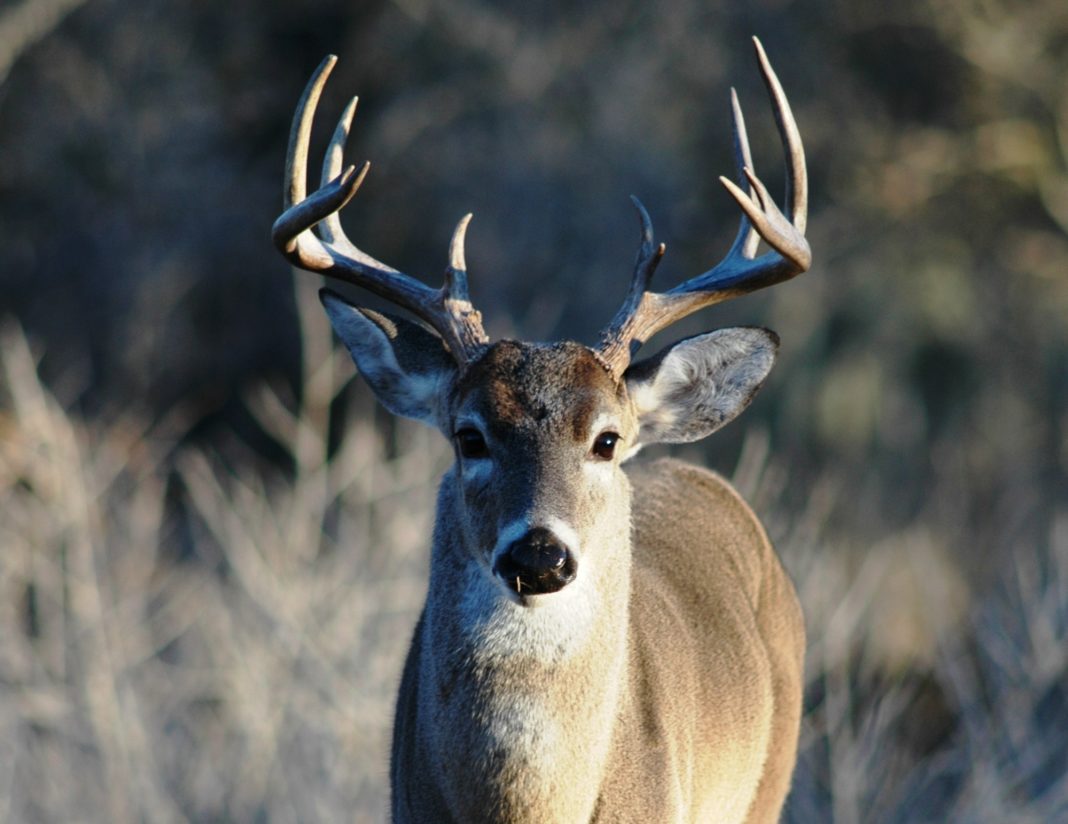The top three questions in any deer camp center around the best broadhead, rifle caliber, and the rut.
Although the first two topics will never be scientifically settled, the third is a matter of record. Scientists have studied the onset of the rut extensively, with many results garnered from road-killed deer. When a doe is discovered, biologists recover a fetus and backdate the time of conception, giving a precise indication of when the doe was bred. This summary from QDMA lays out the facts.
Whitetails are rutting somewhere in their range from August through February. Amazingly, they breed over this seven-month period just in the state of Florida! Let’s look at the factors that lead to widely varying breeding dates, and you’ll also see how practicing Quality Deer Management can make the rut more obvious and more exciting where you hunt. (This article is a short sample from QDMA’s “Quality Whitetails” magazine.
Photoperiod is the Trigger
Photoperiod is the interval in a 24-hour period during which a plant or animal is exposed to light. Photoperiod is directly tied to growth, development, and seasonal behaviors in plants and animals. With respect to whitetails, photoperiod regulates some hormonal production that is directly tied to antler growth and the breeding season. A diminishing ratio of daylight to darkness triggers behavioral and physiological changes that lead to breeding. First, antlers mineralize and bucks shed their velvet. Next, bucks begin sparring, rubbing trees, and making scrapes. This transitions to some fighting to establish dominance and breeding rites and eventually to breeding.



















![The Best Deer Camp Chili [VIDEO] Deer Chili Ingredients, Tomatoes, Chili Spices](/wp-content/uploads/2015/10/Deer-Chili-Deer-Camp-Recipe-218x150.jpg)
![How to Call Elk Early in the Season [VIDEO]](/wp-content/uploads/2016/08/byers003-218x150.jpg)




![Idiots Disturb Hunter: How Would You Have Handled It? [VIDEO]](/wp-content/uploads/2015/10/DSC00110-e1474487693878-100x70.jpg)
![Albino Buck Shocked to Shed His Antlers [VIDEO]](/wp-content/uploads/2015/10/AlbinoDeer-100x70.jpg)